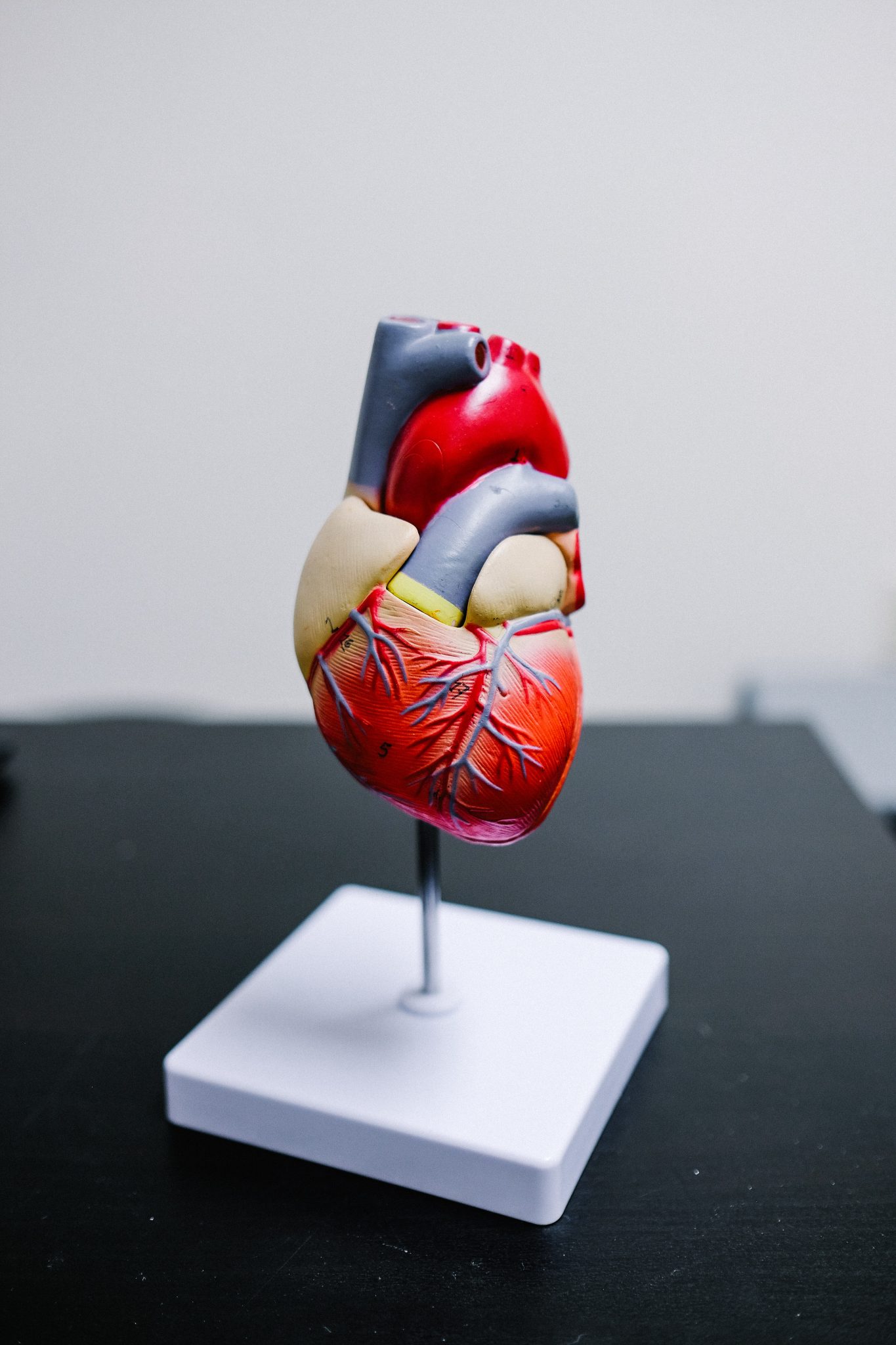Heart Disease: Take Steps to Lower Your Risk

The leading cause of death for men is heart disease. Individuals with a family history of heart disease have an increased risk, and need to be especially aware of prevention. Even if you don’t have a family history of heart disease, it’s important to think about heart disease today. The earlier you start working on ways to reduce your risk, the better.
Heart disease is the leading cause of death for men and women in the U.S. Every year one in four deaths are caused by heart disease, according to the U.S. Dept. of Health and Human Services.
Consider the following ways to lower your risk:
- Know your numbers. Take advantage of low-cost ways to evaluate your cardiovascular system through programs like Planet Heart. Register for a heart screening.
- Exercise three times a week. Sustained cardiovascular exercise reduces your risk. Aim for 30 minutes of moderate intensity aerobic activity (such as walking quickly or riding a bike) five times a week, or 75 minutes of vigorous-intensity aerobic activity (such as running), or a mix of both, which are the recommendations from the Centers for Disease Control and Prevention.
- Know your family history. Again, family history is very important. The earlier your family member had an event, the earlier you need to take steps to get regular screenings and be aware of prevention. Early prevention does make a difference. If you start taking medications early for your heart, you can significantly reduce your risk for heart attacks and disease.
- Be aware of your stress level. Individuals in highly stressful jobs have a higher risk of heart disease. If you think you’re stress — try some steps to stress less.
- Make healthy lifestyle choices. Eat a balanced diet with plenty of fruits, vegetables, whole grains and lean proteins. If you’re a smoker, take steps to quit, and be sure to stay away from secondhand smoke. Limit your alcohol intake to one drink a day for women, and two a day for men.
- Blood pressure control. If you have high blood pressure, follow steps to control your blood pressure, including monitoring your salt intake.
Signs of a heart attack: Also be aware of the common warning signs of a heart attack:
- Women may feel pressure or squeezing around the chest. Men may feel substernal (behind or below the sternum) chest pain that radiates from the left arm to jaw.
- Other warning signs include discomfort in other areas of the body, and shortness of breath with or without chest discomfort.
- Most chest pain is not heart-related, but it still warrants getting it checked, especially if you have a family history. Don’t be afraid to call 911, even if you’re not sure you are having a heart attack.
- Schedule regular appointments with a primary care provider. It’s a great way to make sure you stay ahead of heart disease.
Written by: KEVIN POST, DO


